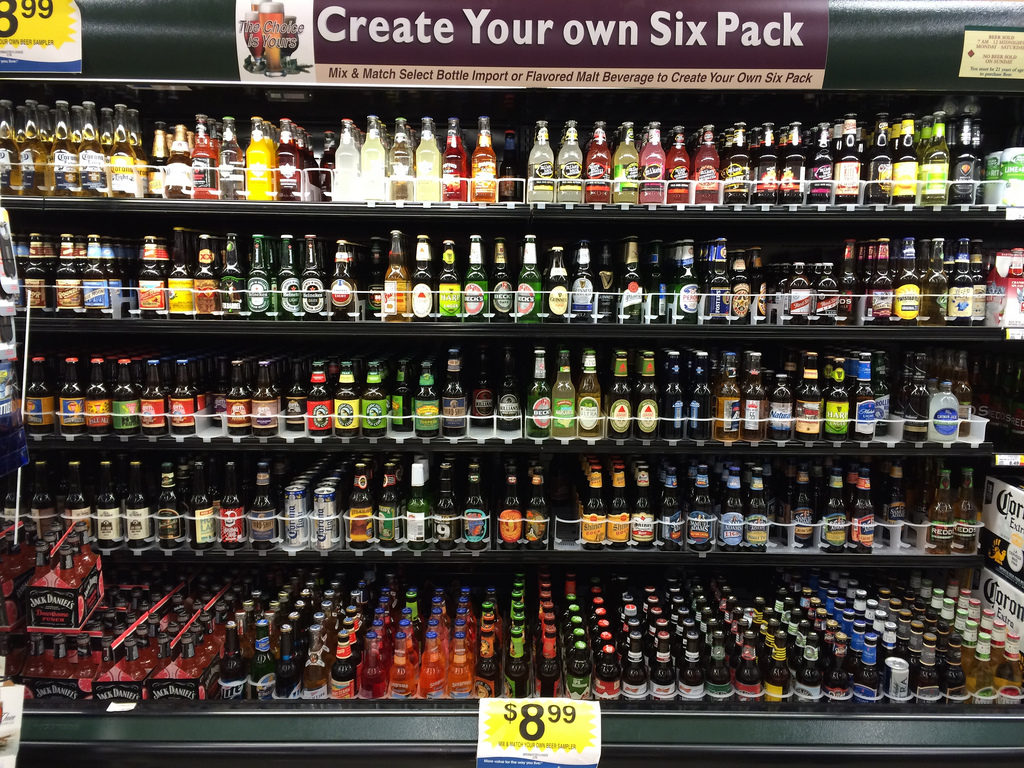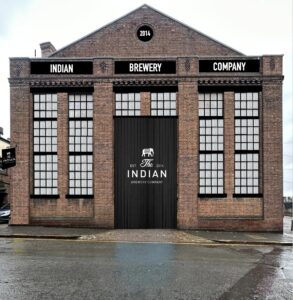You’re at a pub watching customer after customer ordering the same craft brew. You’re not surprised they’re ignoring the big boys’ lacklustre beers, but still the beer they are buying is nothing to write home about. All it has is a snazzy name, a great hip-looking logo, a bit of attitude, and…and…it that it?
It just might be.
Our parents and teachers pounded into our young minds that looks aren’t everything; that what really matters is invisible to the eye; that you can’t judge a book by its cover. Our parents and teachers were obviously not trying to market a beer. If they were, they’d realise it’s all about perception.
Have two wine bottles with the same identical wine in each, but have one bottle stopped with a cork and the other with a screw cap. It’s easy to guess which one people will say tastes better after sampling both.
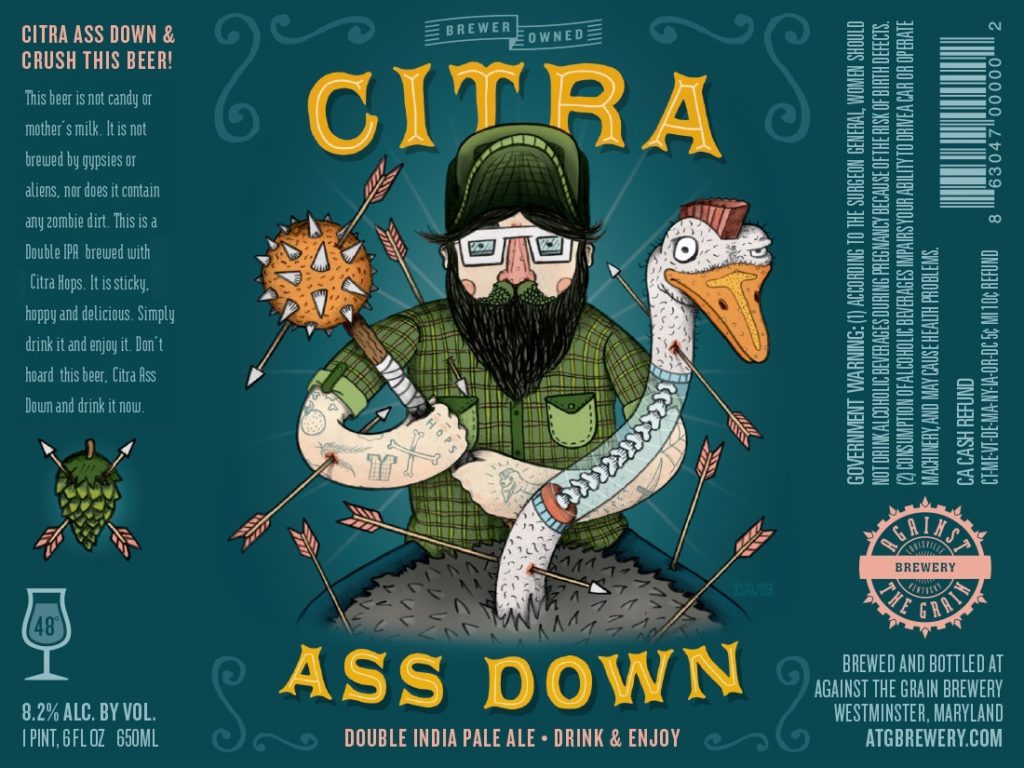
In a recent European test, apple juice, breakfast biscuits, and chocolates were labelled either ethically produced or not. Same exact food, but most thought the food labelled ethically produced tasted better. Swedish researchers did a similar test – with similar results – using ‘organic’ coffee.
Research from 2013 showed that most people don’t know what “organic” really means, but that doesn’t stop them from demanding it. Not only do people prefer food labelled with ethically loaded terms like “organic,” “fair trade,” and “locally produced,” they actually report that it tastes better — even if the label is totally fake.
Why is this? How can packaging alone get customers thirsty for your beer?
A Japanese study in 2009 found that images on food and drink packaging/labels may affect the way consumers perceive and remember flavours. According to the team of researchers led by Masako Okamoto, not only does imagery on food labels modulate flavour memory, but any perceived similarity between the images and the flavours plays a vital role in flavour memory. [Okamoto most probably never saw a Stone’s Arrogant Bastard Ale label.]
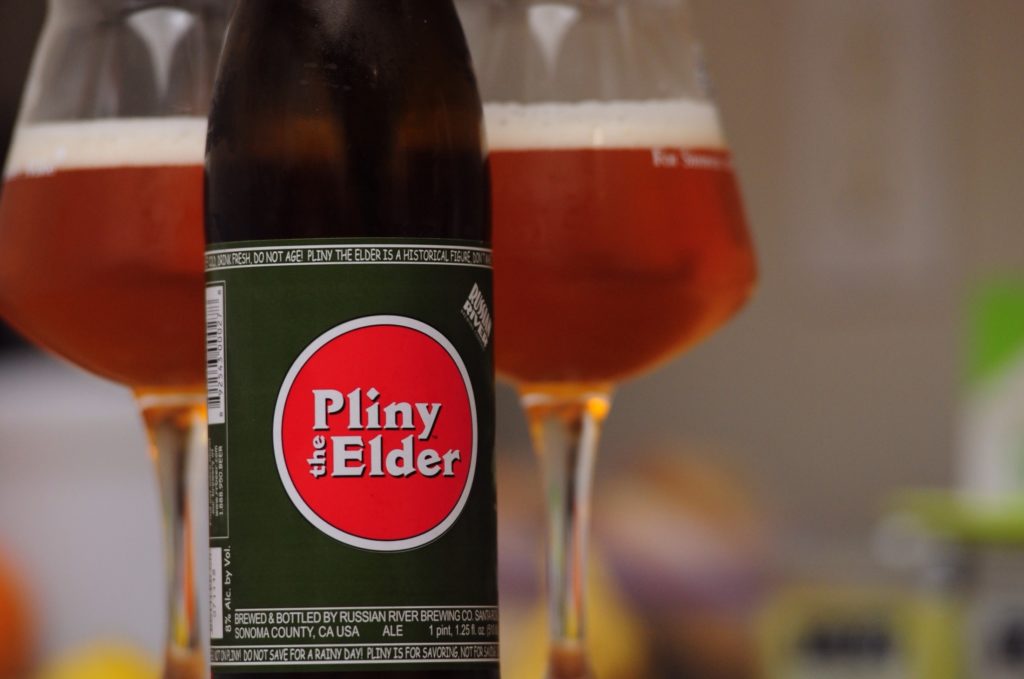 The team found that the information the brain remembers about food flavour can be as important as the perceived flavour itself. “For example, when people select and buy foods, they usually cannot sample them, but must rely on recalling memories of the flavour,” said Okamoto.
The team found that the information the brain remembers about food flavour can be as important as the perceived flavour itself. “For example, when people select and buy foods, they usually cannot sample them, but must rely on recalling memories of the flavour,” said Okamoto.
She stated that since many commercial food and drink products are sold in packages that consumers will see in markets, “there is growing awareness of the importance of understanding how labels influence memory.”
To test this hypothesis, the researchers used 10 water-based taste solutions consisting of two to three of the five basic tastes in different ratios and presented them to test subjects with one of these food names: “lemon,” “coffee jelly,” “caramel candy,” and “consommé soup.” Forty-six participants tasted samples presented with either food-name labels or random number labels.
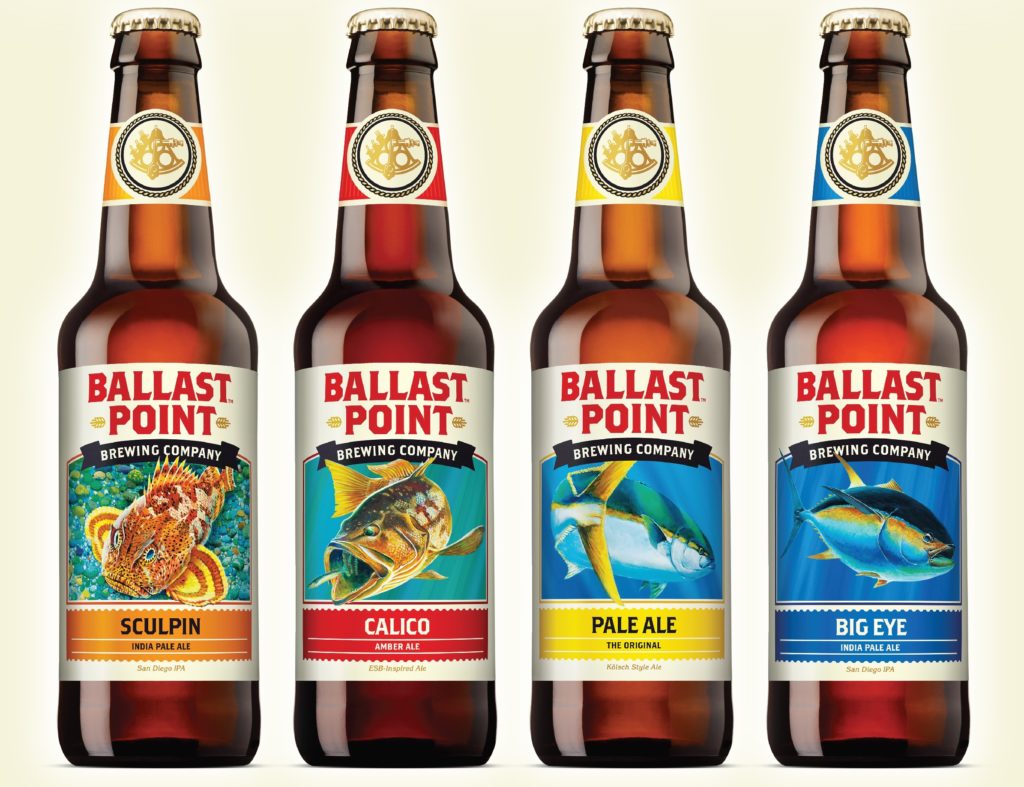 “We found that participants who tasted samples with food-name labels rated tastes with significantly higher liking and familiarity scores than those presented with random numbers, especially when the names and tastes were perceived as being congruent,” said Okamoto. “As demonstrated, food identity information presented as food-name labels influences the liking, familiarity, and, in some cases, perceived intensity of pure basic tastes.”
“We found that participants who tasted samples with food-name labels rated tastes with significantly higher liking and familiarity scores than those presented with random numbers, especially when the names and tastes were perceived as being congruent,” said Okamoto. “As demonstrated, food identity information presented as food-name labels influences the liking, familiarity, and, in some cases, perceived intensity of pure basic tastes.”
If you don’t believe this, take your best craft beer, stick it in a grey can labelled ‘Beer’ and then put it up against the same beer in a can decked out like something in 1980s Miami Vice parrot colours and called ‘Wastin’ Time Ale.’ See which one people say tastes better – or if nothing else, see which one sells better.
For all your hard work in putting something great tasting in a barrel, bottle or can, it almost seems criminal that what’s outside the container can matter more. But look at these figures from the States. In 2013 there were 2,768 craft brewers; at the end of 2015 that number was 4,269, and this figure is expected to continue to grow at the insane rate of two new breweries opening a day. This is what you’re competing against; so you’re going to ignore your label?
“As a brewer it pains me to say that it’s more important than the liquid inside,” Kevin Selvy, who started Crazy Mountain Brewing Company in Colorado, told The Denver Post.
Harvey Shepard, who runs a beer label website called ‘Oh Beautiful Beer’, echoes this thought. “In any market you will find design trends and themes and beer is no exception. But overall, breweries are recognising that consumers want quality outside of the bottle as well as inside.”
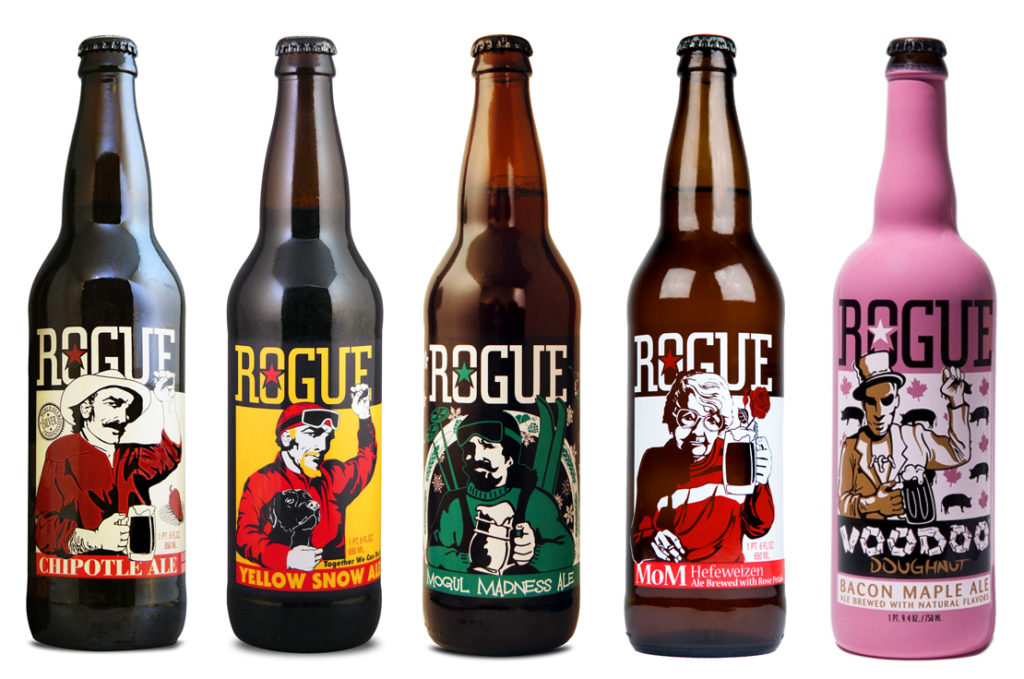
To get somebody to buy your beer, you can try to create consumer awareness about your brand, spend a tonne on marketing, social media, free offers, etc, or put some of that cash into hiring a professional graphic design company to make your beer stand out and bring in new customers.
Your father and grandfather’s generation stuck with one brand of beer, which tended to appeal to one demographic and income. Today’s craft brew drinkers have a totally different DNA. Not only are they knowledgeable about beer, they like to experiment and explore; what they’re drinking this month won’t necessarily be what they’re drinking the next. As they scan 50 brands or more in a supermarket, that label in a few seconds is the one shot a brewery has in sharing its quality and personality.
While you might be feeling lucky that you’re in the UK and not dealing with the same level of competition as across the pond, go into any one of the growing beer speciality stores and think again. Ignore your brand label and logo at your own peril.

